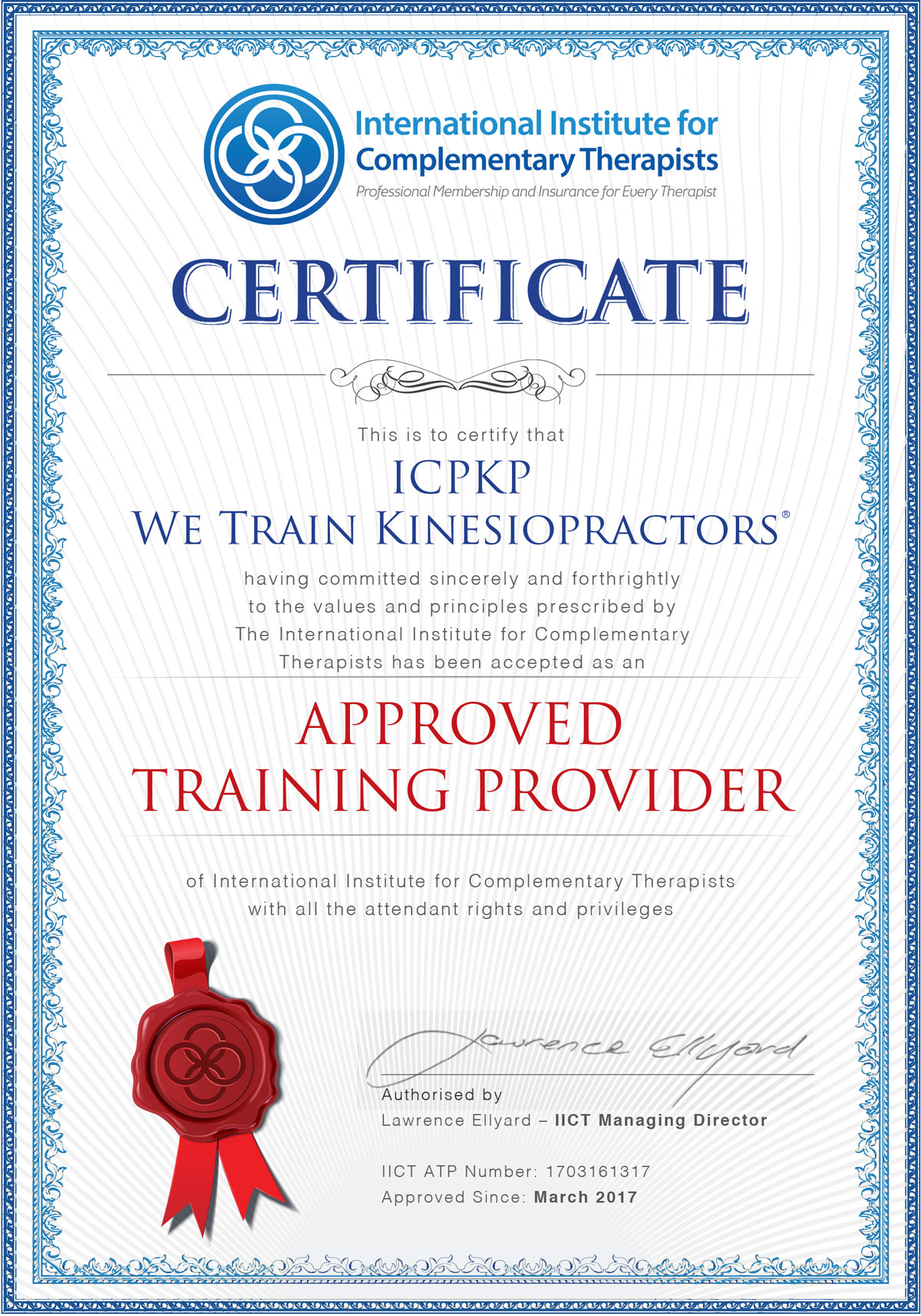BVL301-en
Valves, Viscera and Blood Vessels
You will learn how to balance the muscles and valves relating to ascending, transverse and descending colons and the oesophageal reflex including their nutritional support.
You will discover the use of auricular therapy to assist with blood pressure balance and the value of ‘thyroid-heart’ function balance to improve cardiovascular performance during exercise.
You will study the autonomic nervous system, cranial and para-spinal points and learn to identify organ function imbalance and when organs are not working well in synch.
Once you have completed this unit you will be able to balance meridian energy related to dysfunctional longitudinal and/or circular muscles of viscera and blood vessels using ileocaecal valve, Houston folds (valve), thoracic diaphragm (oesophageal hiatus), transverse colon – ptosis, blood vessel and left/right ventricular balance (exercise enhancement), autonomic nervous system, organ awareness including surrogate and reactive patterns and intestinal flora balancing techniques.
Elements of Learning:
- Ascending colon – ileocaecal valve – range: open, closed – St #3a
- Descending colon – Houston folds (valve) – range: open, closed – St #3c
- Transverse colon – ptosis – St #3b
- Intestinal flora. – PE #41/2+
- Thoracic diaphragm (oesophageal hiatus) balance – St #8b
- Blood vessel balance – El #21/2c
- Exercise enhancement (left / right ventricular balance – PE #141/2a
- Autonomic nervous systems – St #14a
- Organs -arterial-venous flow – Specific mode
- Surrogate organs – Specific mode
- Reactive organ switches – Specific mode
- Utilise all techniques learned to date within the PKP Balancing Protocol
Prerequisites:
- EMS 2.201


